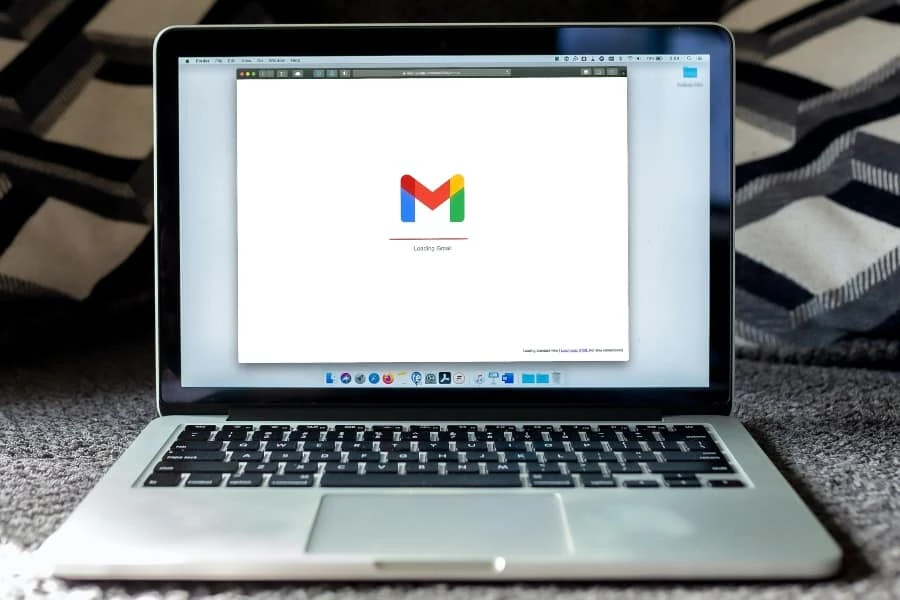
It seems like every day, we hear about another cyber breach, and as a result, many of us are now concerned about the safety of our email. While it’s impossible to make yourself 100% safe online, there are steps you can take to help protect yourself and your email account. Many people have their whole lives attached to their email addresses. Maybe it’s their professional address that they’ve been using for years, or maybe it’s where all their online accounts are linked. Whatever the case, it’s important to keep your email safe from hackers and other online threats.
In this post, we’ll outline some of the best ways to keep your email safe, including tips on creating strong passwords, avoiding phishing scams, and more.
Use Different Emails For EVERYTHING
Are you one of those who use one email for your job, social media, and online shopping? If so, you’re putting yourself at risk. It’s much better to use different emails for different purposes. That way, if one account is hacked, the others are still safe. For example, you might use one email for work and another for online shopping. Or you might have a dedicated email address for each social media site you use.
It may be more difficult to keep track of multiple email addresses, but the added security is definitely worth it. Now is the time to start if you’re not already using multiple email addresses. That way, if one account is compromised, the others are still safe. If you’re having trouble keeping them all in order, just use a password manager like LastPass or 1Password to store them all in one place.
Have Strong Passwords and Change Them Regularly
The infamous strong password is a must these days, especially if you want to keep your email safe. A strong password is at least eight or more letters, symbols, numbers, and whatever else long. The longer and more complex the password, the better.
Of course, it’s not enough to just have a strong password; you also need to change it regularly. Every few months or so, take the time to update your passwords for all your online accounts, including your email. Yes, it can be a pain, but it’s worth it for the added security. Also, pay attention to your browser’s section on compromised passwords. You can be in trouble if any of your passwords are on that list.
Two-Factor Authentication
Similar to strong passwords, 2FA is a simple way to make it extremely difficult to hack into your account. With 2FA, you need two different types of login credentials to access your account. The most common type is a password and an SMS code that’s sent to your phone. But there are other options as well, like fingerprint scanners and security keys.
No matter what type of 2FA you use, the important thing is that it’s set up. Many email providers offer 2FA, so take advantage of it. It may be a little bit of a hassle to log in every time, but it’s worth it for the peace of mind. After all, it’s very difficult (read: almost impossible) for hackers to compromise two different types of login credentials.
Be Careful With Attachments
Email attachments can be a simple and effective way to share files with others, but they can also be a security risk. That’s because email attachments are often how malware is spread. So, if you’re going to open an attachment from someone you don’t know, be sure to scan it with your antivirus software first.
It’s also a good idea to be careful with attachments, even if you know the sender. That’s because email attachments can be spoofed, meaning that the sender’s address can be faked to look like someone else’s. If you’re not expecting an attachment from someone, err on the side of caution and don’t open it.
Watch Out for Phishing Scams
We all think we’re too smart to fall for a phishing scam, but the truth is that they’re becoming more and more sophisticated. Phishing is when someone tries to trick you into giving them your personal information, like your password or credit card number. They might do this by sending you an email that looks like it’s from a trusted source, like your bank. Or they might create a fake website that looks identical to a real one.
If you receive an email or see a website that looks suspicious, don’t click on any links or enter any personal information. Instead, go to the official website directly and log in from there. Or, if you’re not sure if it’s a phishing scam, do a quick Google search to see if others have reported it.
Conclusion
Email is an essential part of our lives, but it’s also a prime target for hackers. By following the tips in this article, you can keep your email account safe from attack. So take the time to create strong passwords, enable 2FA, and be careful with attachments. And don’t forget to watch out for phishing scams! With a little effort, you can rest assured that your email account is safe and secure.


